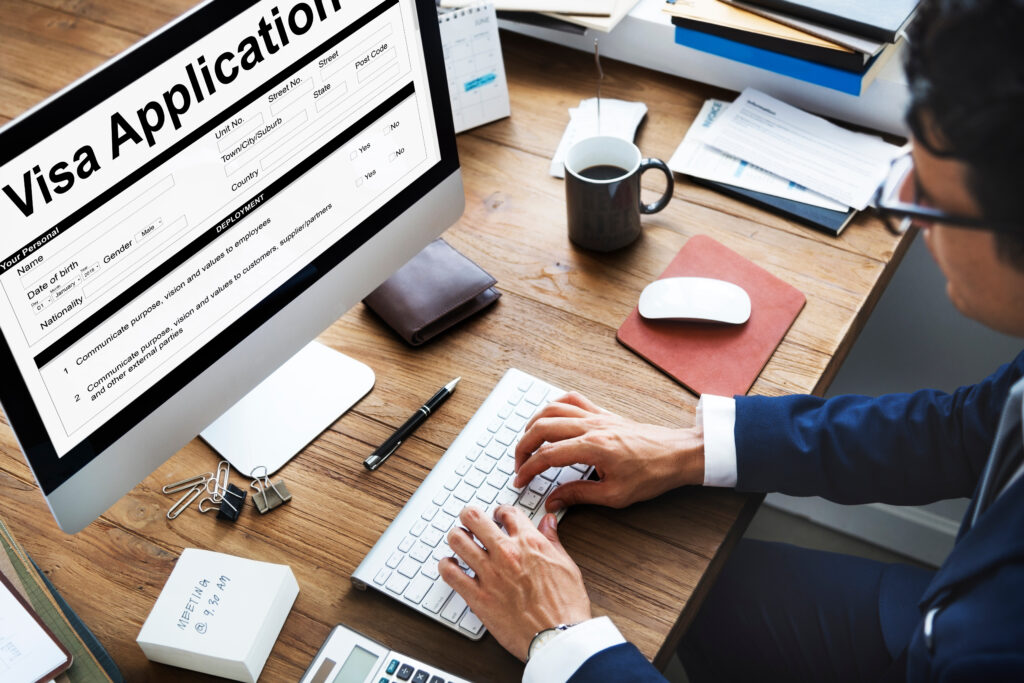
If you’ve been helping a relative file for their visa, there’s a good chance you feel overwhelmed right now. The United States immigration system is long and complicated. This article will explain every step you need to know, so please read carefully. And for tailored help to address all of your concerns with filing for your relative’s visa, call a New York City family immigration attorney right away.
How to File for a Relative’s Visa in the United States
Your first step will be to submit a petition. If you are a United States citizen or a lawful permanent resident, you may file Form I-130 with United States Citizenship and Immigration Services (USCIS). You may submit the petition online or through postal mail.
When USCIS approves the petition, they’ll transfer the case to the Department of State’s National Visa Center (NVC). NVC will send you a welcome letter that allows you to log into the Consular Electronic Application Center (CEAC). There you will be able to check and manage messages and the status of your case. You will need to submit fees, forms, and supporting documents to NVC before you can schedule an immigrant visa interview.
Hence, your second step will be to manage your documents.
You’ll need to submit an immigrant visa application processing fee and an affidavit of support fee. To do so, you will also need a bank routing number as well as a checking or savings account from a bank based in the United States.
The Affidavit of Support is Form I-864, and with it, you accept financial responsibility for the relative you are helping to immigrate. If you sign the Affidavit of Support, you’ll be known as the “sponsor.” If you don’t have enough income, you can also talk to a joint sponsor who will submit another I-864 for the applicant.
The applicant will have to collect financial evidence and supporting documents. You can find the full list of necessary documents at the Bureau for Consular Affairs’ website.
With that taken care of, you will complete Form DS-260, the Application for Immigrant Visa and Alien Registration. Once done, you need to print the confirmation form from CEAC, so that you can bring it to the interview interview.
At this point, after finishing the DS-260, the applicant and every family member immigrating with them have to submit civil documents as evidence for the visa application. If you or the applicant submit a document in a language other than English, you also need to send a certified translation signed by the translator, who affirms that the translation is accurate and that they are competent to translate.
With all the documents gathered, you need to scan them. For this, a computer, a scanner, and an Internet connection are necessary. You may also substitute the computer and scanner with several smartphone apps that exist and can scan your documents through your phone’s camera. You should never mail documents to NVC unless specifically requested. As you prepare your files, remember that the Department of State can’t accept “zipped” files. The applicant will need to do the same.
All scanned documents must be submitted through CEAC. The NVC will review your case and let you know if you need to correct your application or if it is documentarily complete.
This takes us to the final step, the interview. Before the applicant can have the interview, they and everyone applying for a visa as derivative immigrants with them will need to have a medical examination by an embassy-approved doctor. During the examination, the doctor may give the applicant a sealed envelope with the results of the test, which the applicant must give to the consular officer at their interview.
At the interview, every applicant should bring documents like photographs and the originals or copies of documents submitted earlier. If the applicant forgets anything, the consular officer can’t finish processing their visa.
The applicant will take their DS-260 confirmation page to their interview with the consular official. The applicant must bring their spouse and/or unmarried children, provided the children qualify to immigrate. Once the interview is done, the visa will either be approved or denied.
